Green energies in turmoil…projects being postponed, scaled back…
Europe’s largest green energy producer drastically reduces expansion plans for wind and solar energy
Europe’s green energy projects are in the doldrums. Photo: P. Gosselin
Europe’s leading green energy producer, Statkraft, is drastically scaling back its plans for new wind and solar power plants – due to falling electricity prices and rising costs, so reports Germany’s online Blackout News, a leading site for independent German energy news.
According to company CEO, Birgitte Vartdal, market conditions have become more difficult as the company’s ambitious targets for wind energy and solar power are now being called into question.
The new Statkraft target is two to two and a half GW instead of an originally planned 4 gigawatts annually.
“In the offshore wind energy sector, the Group is now planning a total output of six to eight GW. The original target was ten GW,” Blackout News adds.
The scaleback follows other Europeans countries’ plans to reduce expansion, including Danish energy company Orsted, which “has lowered its targets by more than ten GW” and has also “canceled two offshore wind projects in the USA and reported impairments amounting to 28.4 billion Danish kroner (approx. 3.8 billion euros).”
Portugal’s largest energy supplier, Energias de Portugal (EDP), has also reduced its investment plans – due to the “deterioration in market conditions.” Moreover, French energy supplier Engie earlier had postponed developing hydrogen projects.
Leading officials blame projects having become “much more challenging” and offering “no relative returns.”
As a result, solar and wind equipment manufacturers have seen their values plummeting and ESG equity funds have “recently suffered outflows of 38 billion dollars,” reports Blackout News.
Blackout News is operated by an independent and non-partisan small group of engineers with experience in energy management.
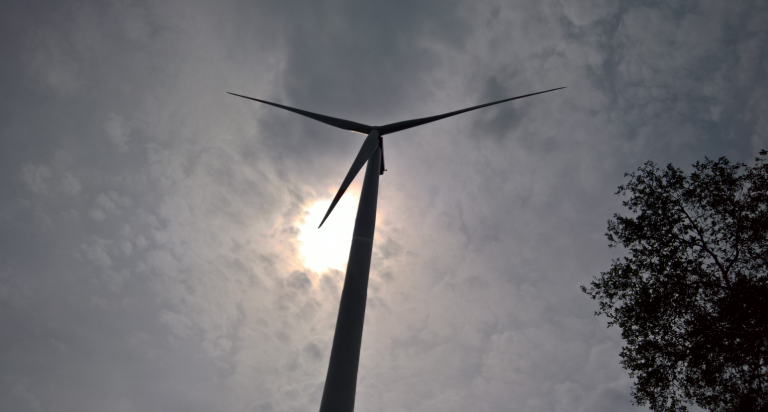
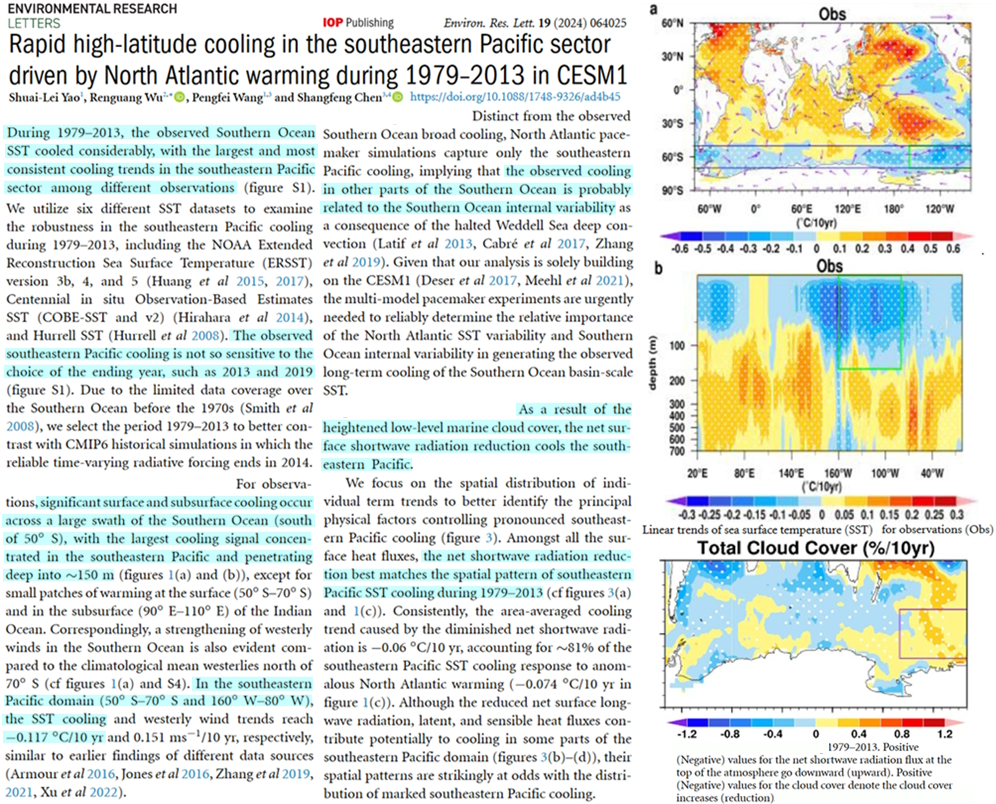
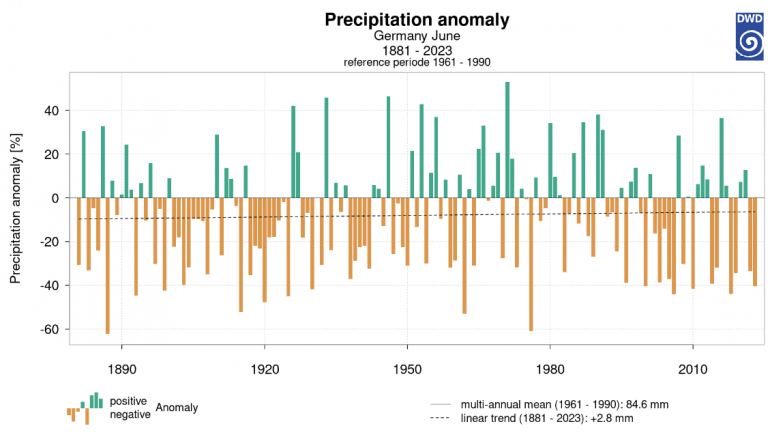
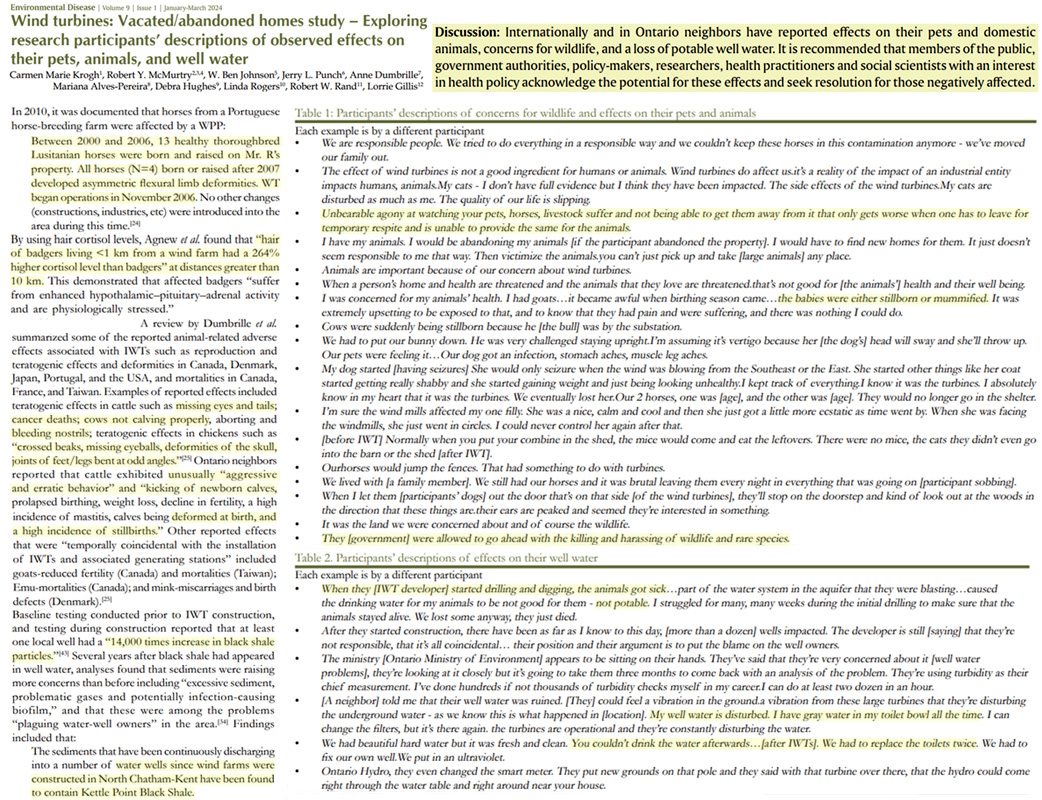 Image Source:
Image Source: 
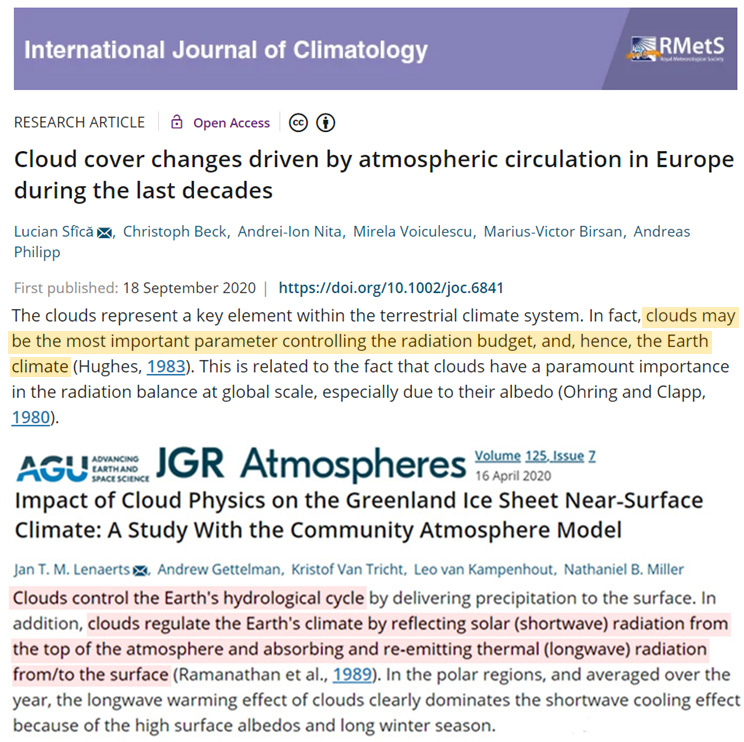
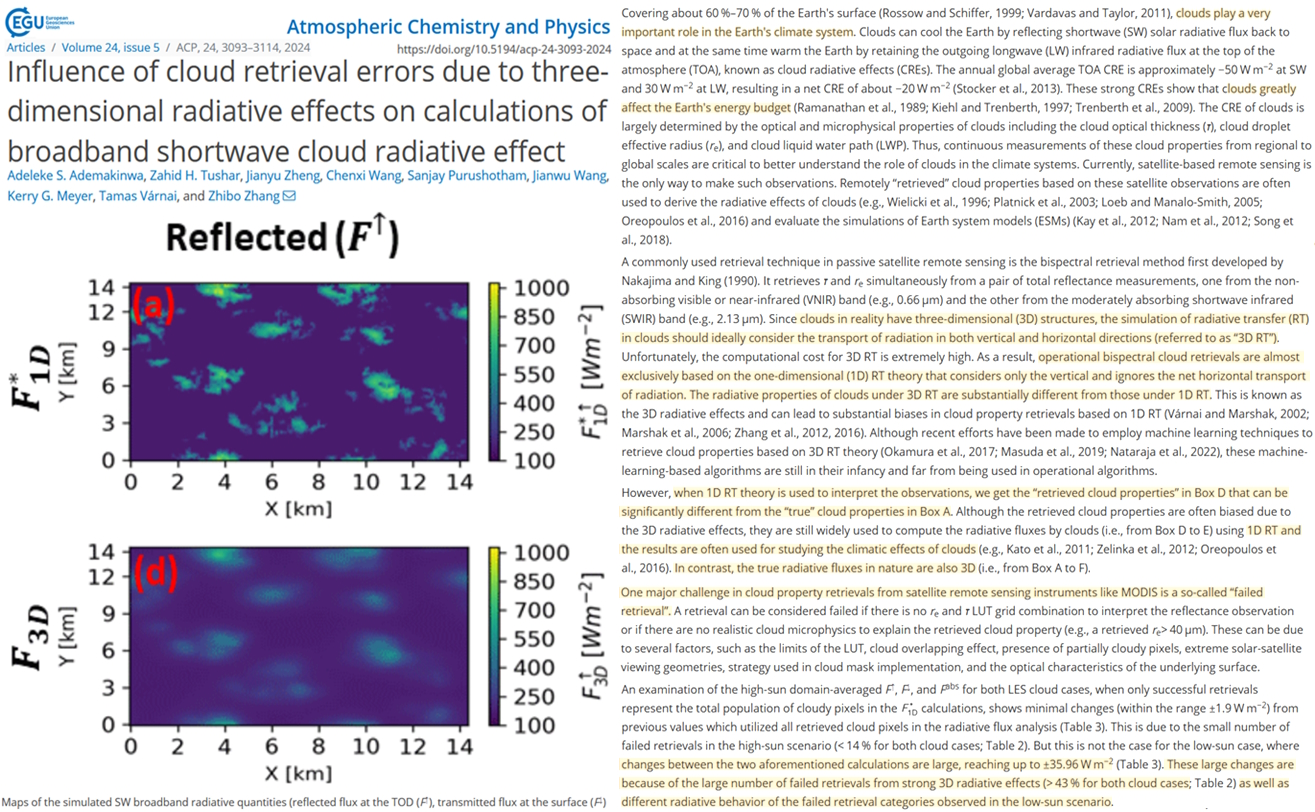

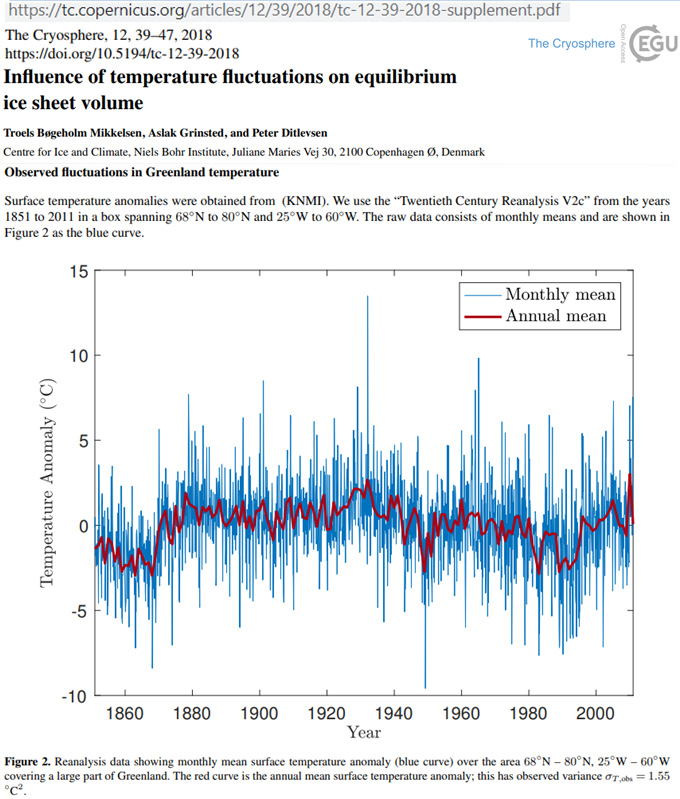
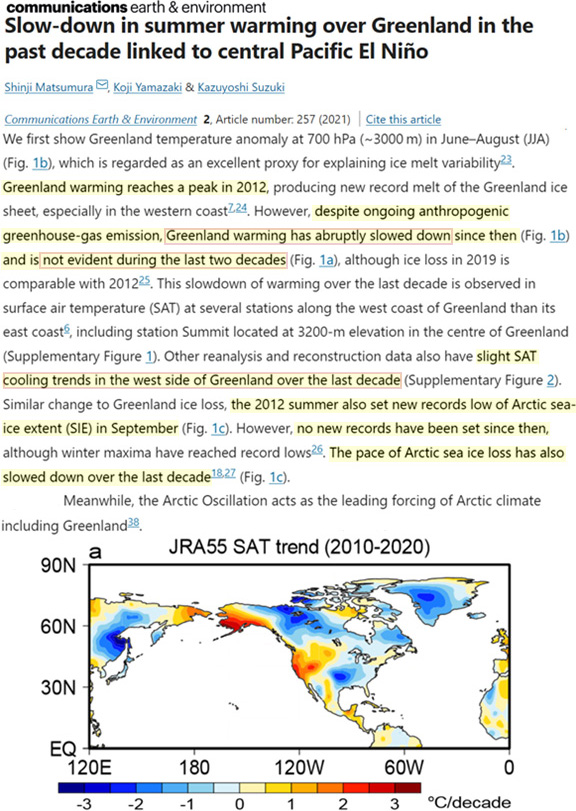
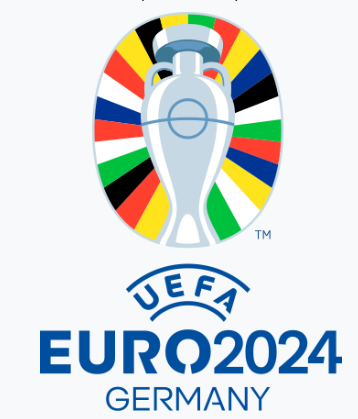
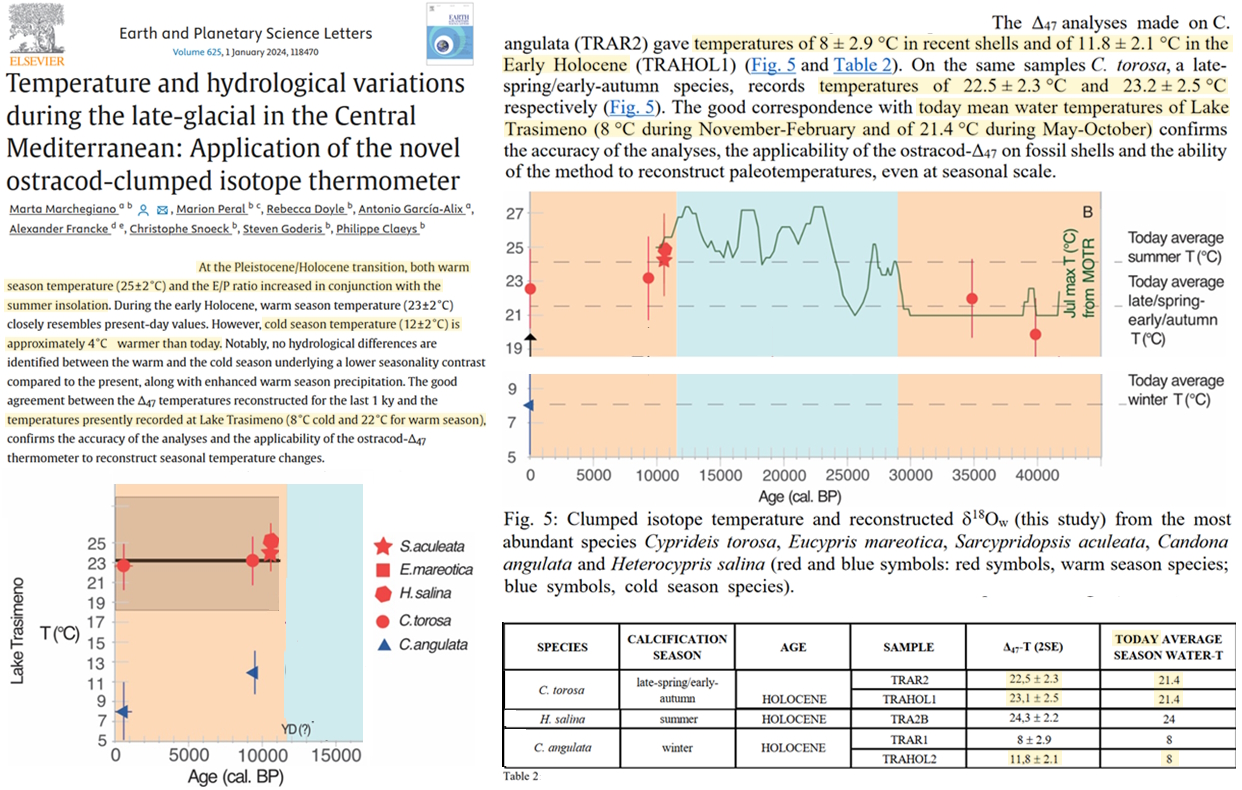






Recent Comments